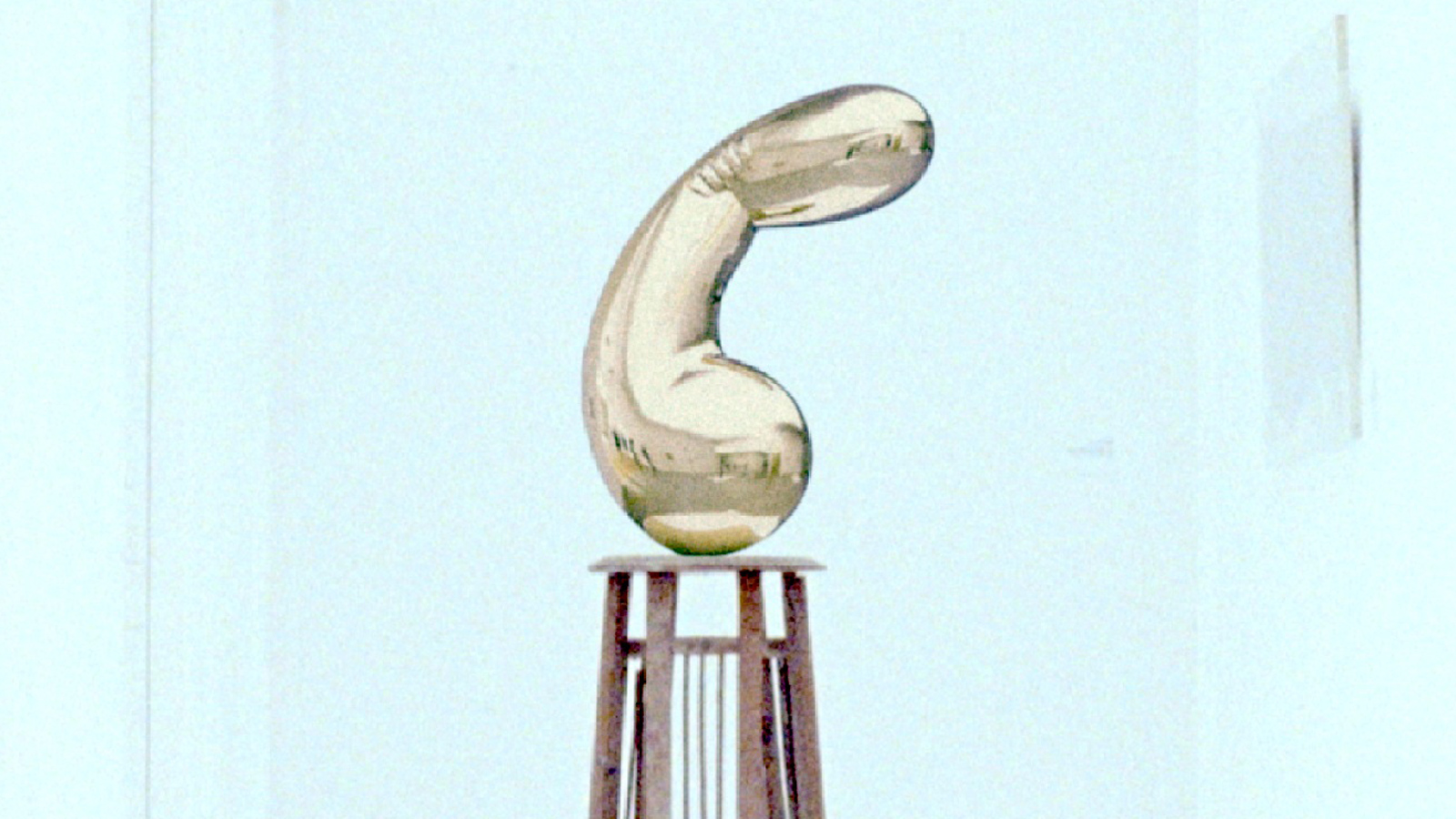New work by Gabriel Abrantes
Gabriel Abrantes was very deliberate in choosing the title of his film and the object to which it refers. Princess X (1916) is a modernist sculpture by Constantin Brancusi, widely referenced for its visual notoriety, but also for the scandal and controversy caused by its presentation in public. The work was rejected twice, the first time, when it was made, by the Salon d’Antin, and again, in 1920, by the Salon des Independants. The scandal, of course, stemmed from its shape, an unequivocal and exuberant phallus in polished bronze, which the sculptor insistently defended as being the precise stylisation of a female figure, namely Maria Bonaparte.

Gabriel Abrantes chose the perfect object to usher him through the official door of Art History, in a discussion that debates one of the most divisive themes of today. In truth, Princess X, in its extreme ambiguity, in the confusion it promotes in its representation of female and male, disturbs the symbolic order of the distinction between the sexes and is the ideal objet d’art to stimulate discussion of gender.
Gabriel Abrantes departs from the formal and thematic characteristics of this sculpture-icon of Art History to create a narrative of his own, in the spirit of the petite histoire, in which he paves the way for conversation, with great subtlety, irony and visual boldness, on one of these contemporary thematic axes. In this case, not merely the differences or ambiguities of gender, but also, based on Freud’s theories, female sexuality and pleasure. And, as usual in his works, these details are presented through a skilful narrative construction, humorous, seemingly light, scrupulously elegant, with no programmatic effort or propagandistic evidence.

Simultaneously, he includes in his film events that intersect with the history of Portuguese art, in this case the singular modernist adventure of Amadeo de Souza-Cardoso and the close friendship he developed with Brancusi during his stay in Paris (1906-1914). An image taken of Amadeo’s painting Avant la Corrida at a joint exhibition event demonstrates this well-known intimacy and also, indirectly, points to a historiographic discussion about the possible formal influence of a drawing of a female figure by the Portuguese artist (les mauresques, 1912) on this controversial sculpture. Gabriel Abrantes thus intensifies the question of representative and interpretative ambiguity in the reference work, just as he expands the documentary and interpretative spectrum of his own work.

